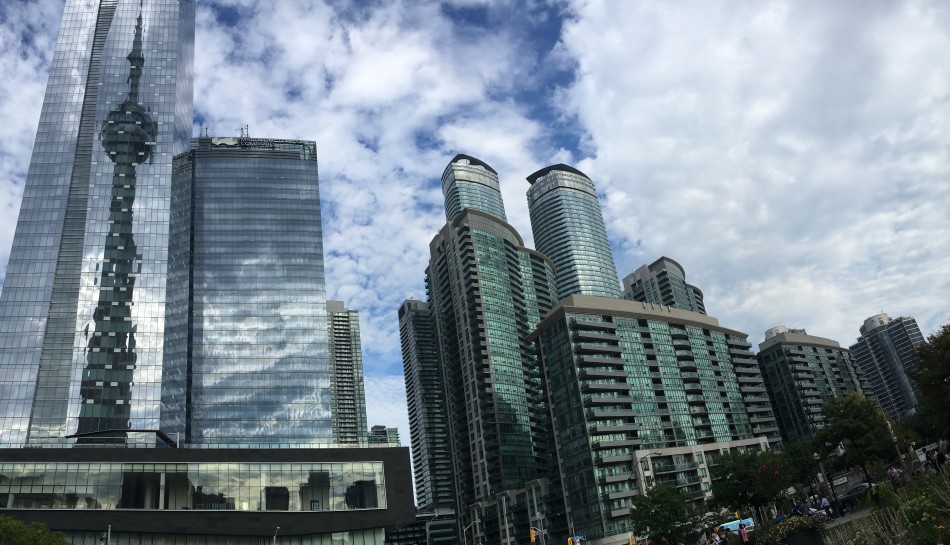As of August 28, temporary residents in Canada on a visitor visa are no longer permitted to apply for a job-supported work permit from within Canada.
The temporary policy allowing visitors to apply for these work permits was introduced in August 2020 to assist some visitors in Canada who were unable to return home because of border closures related to the COVID-19 pandemic—with the further aim of aiding employers to fill key labour gaps, by allowing some visitors who met certain conditions to apply for an job-supported work permit from inside Canada.
Note: Some visitors in Canada may still apply for other kinds of work permits from within the country. In addition, some applications (like those for a Bridging Open Work Permit (BOWP)) must be submitted from inside Canada, and cannot be submitted from outside the country.
Initially, the policy was meant to expire on February 28, 2025. However, Immigration, Refugees, and Citizenship Canada (IRCC) says it is ending the policy now as “part of our overall efforts to recalibrate the number of temporary residents in Canada and preserve the integrity of the immigration system.”
The Department says applications submitted under the policy before August 28 will continue to be processed.
Crackdown on bad actors
IRCC says that part of this early rollback is because it has been made aware that “bad actors were using the policy to mislead foreign nationals into working in Canada without authorization.”
This ties into the department’s ongoing efforts to combat widespread immigration fraud, as well as reduce temporary resident levels.
For example, last year 700 Indian international students were found to be in Canada due to false letters of acceptance from Designated Learning Institutions (DLIs). Many of them were unaware that their letters were not genuine.
In response, IRCC now requires that DLIs verify all letters of acceptance within 10 days of receiving an international student application. It has also capped the number of international students that Canada will accept for the next two years.
Bigger changes to temporary foreign worker levels in Canada
The end of the temporary policy allowing some visitors to apply for a work permit comes amidst a week of big changes aimed at reducing Canada’s temporary foreign worker levels.
On August 26th, the Department announced it would pause the processing of some Labour Market Impact Assessment (LMIA) applications for some applicants under the Low-Wage stream of the Temporary Foreign Worker Program (TFWP) by September 26th, 2024. This will impact applicants in Census Metropolitan Areas with an unemployment rate of 6% or higher.
IRCC also announced restrictions on the number of foreign workers that employers in Canada can hire under the TFWP (10% of their total workforce), and that the maximum term of employment for workers in the Low-Wage stream would be reduced to one year from two.
These above changes are similar to today’s announcement in that many represent rollbacks to pandemic-era immigration policies the Government of Canada enacted to deal with labour needs at the time. For example, during the pandemic IRCC (in collaboration with Employment Social Development Canada (ESDC)) introduced temporary policies allowing Canadian workers to hire up to 30% of their workforce through the Low-Wage stream of the TFWP; and to increase the validity period of an LMIA to 12 months.
IRCC and ESDC began to repeal these pandemic-era policies last May following a joint press conference held by Employment Minister Randy Boissonnault, and Immigration Minister Marc Miller.
At the same press conference, Minister Miller announced the historic inclusion of temporary resident levels to the annual Immigration Levels Plan, a first in the history of Canadian immigration.
Immigration has become a keystone topic in Canada, with much of this year seeing announcements related to managing and reducing levels of temporary residents within the country. As of this week, Minister Miller has also announced his intention to consider changes in permanent residence levels to Canada in coming years.
Source: cicnews.com
















